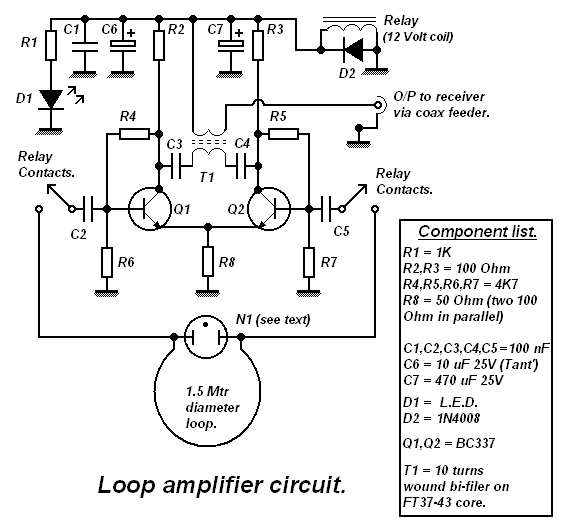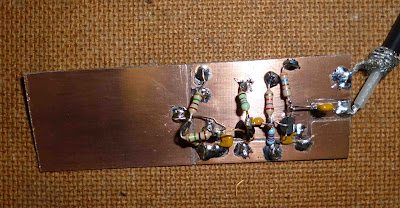Playing Radio
To recap, for those who haven’t been paying attention, this is Hide and Seek with radios. Some poor unfortunate will hide themselves away in the area covered by a particular 1:50k OS map. Said unfortunate will be armed with a radio transmitter with which he or she will transmit from time to time. The trick is to find the hidden station, ideally before anyone else does. There can be any number of ‘hunters’, there’s typically 5 – 10 out hunting on a good day.
Following the huge success of the last Radio Direction Finding contest in December (I won / came first / beat everyone else in etc), it fell to me to arrange the next event in the series. Competing in these events is great fun, hiding is just as much fun – it just takes a good bit of planning….and it helps if you have an evil, sadistic streak ;-)
The hiding place was to the east of Poynton, Cheshire. The exact location was at the edge of Prince’s Wood – the tall trees should have given me loads of opportunity to erect a decent aerial. The bad news was that I’d gone up to the site the previous day with my able support team of Eden & Nat but the bitterly cold strong wind-driven rain, hail and sleet made aerial erection very difficult indeed.
We managed to sling 130ft of wire up into the trees. The earth system consisted of a 4ft metal spike driven into the wet ground and a long section of barbed-wire fence. I tuned the aerial with my new toy:

The MFJ259C has proved it’s worth. Apart from making antenna tweeking a doddle it’s helped me learn more about aerials.
Like I said, we managed to get the aerial up but it would have been almost impossible without my eager assistants – thanks lads!
On the big day a total of eight teams took part, and along with their respective friends, relations, fans etc there was a total of 20 children of all ages in attendance. The children were mainly quite old – some were beyond retirement age.
My support team and I arrived on site in good time on the Sunday morning. Camouflage netting was set up, bacon butties were made (and eaten) and we were ready to go.

First transmission was 10am but we weren’t heard at the start. In these cases The Envelope is opened. The Envelope is only to be opened in cases of dire emergency – like when the transmitter can’t be heard at the start. This Envelope contains an approximate compass bearing to give the hunters half a clue of where to start looking. The start of the event, the place everyone meets up at to take the first compass bearing, was in Sale, Cheshire – about 10 miles from the transmitter.
Multiple transmissions are made, in theory to a sort of schedule. Unfortunately I screwed up the schedule….but only a bit.
My assistants, Nat & Eden, were lurking in the woods. They were armed with a walkie-talkie and were able to keep me up to date with news of approaching hunters. This kept them entertained for a good while. I’m sure they ‘assisted’ those trying to find the hidden station!
First man in was Dave Peacock, who charged up the hill in fine style – arriving around 11.10am, a good 3 minutes before the next man, Chris Plummer. The remaining hunters (apart from one team) arrived over the following half hour. The hunters approached from pretty well the same direction, all were pleasantly confused by the woodland. The DNF (Did Not Find) team managed to locate the apres-event pub. This was A Good Thing, a very pleasant lunch at the Boar’s Head in Poynton rounded of the day quite nicely.
Not being heard at the start was a bit of a pain – and a surprise. A huge and resonant aerial system should have been easily heard at a range of 10 miles – particularly when the transmitter was located in an elevated position. This has happened loads of times before, I reckon the transmitter’s knackered. I’ll bring my own next time – I know it works!
Not much in the way of photographs I’m afraid. I took my camera with me but was so engrossed in remaining concealed that I didn’t get chance to use it.









